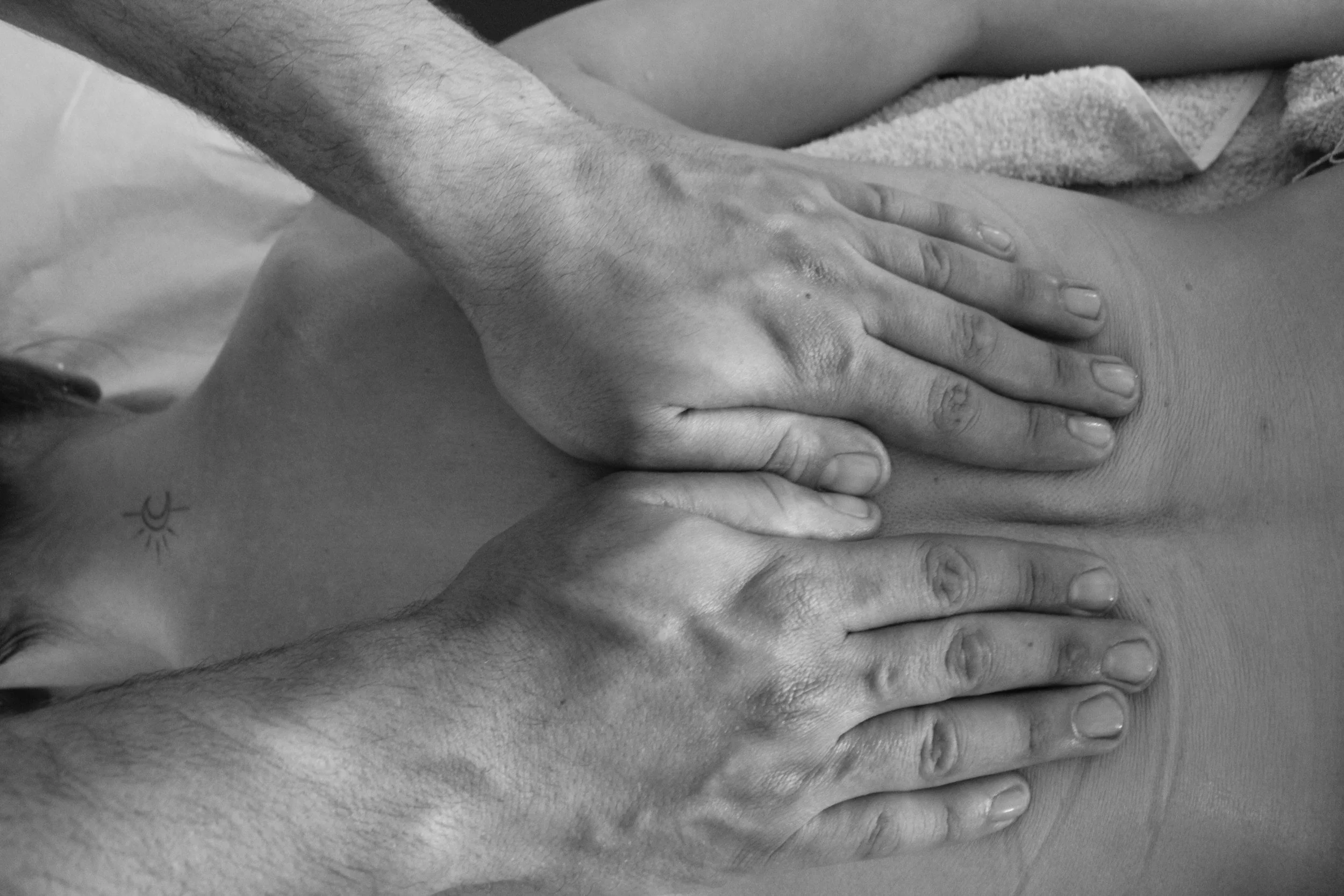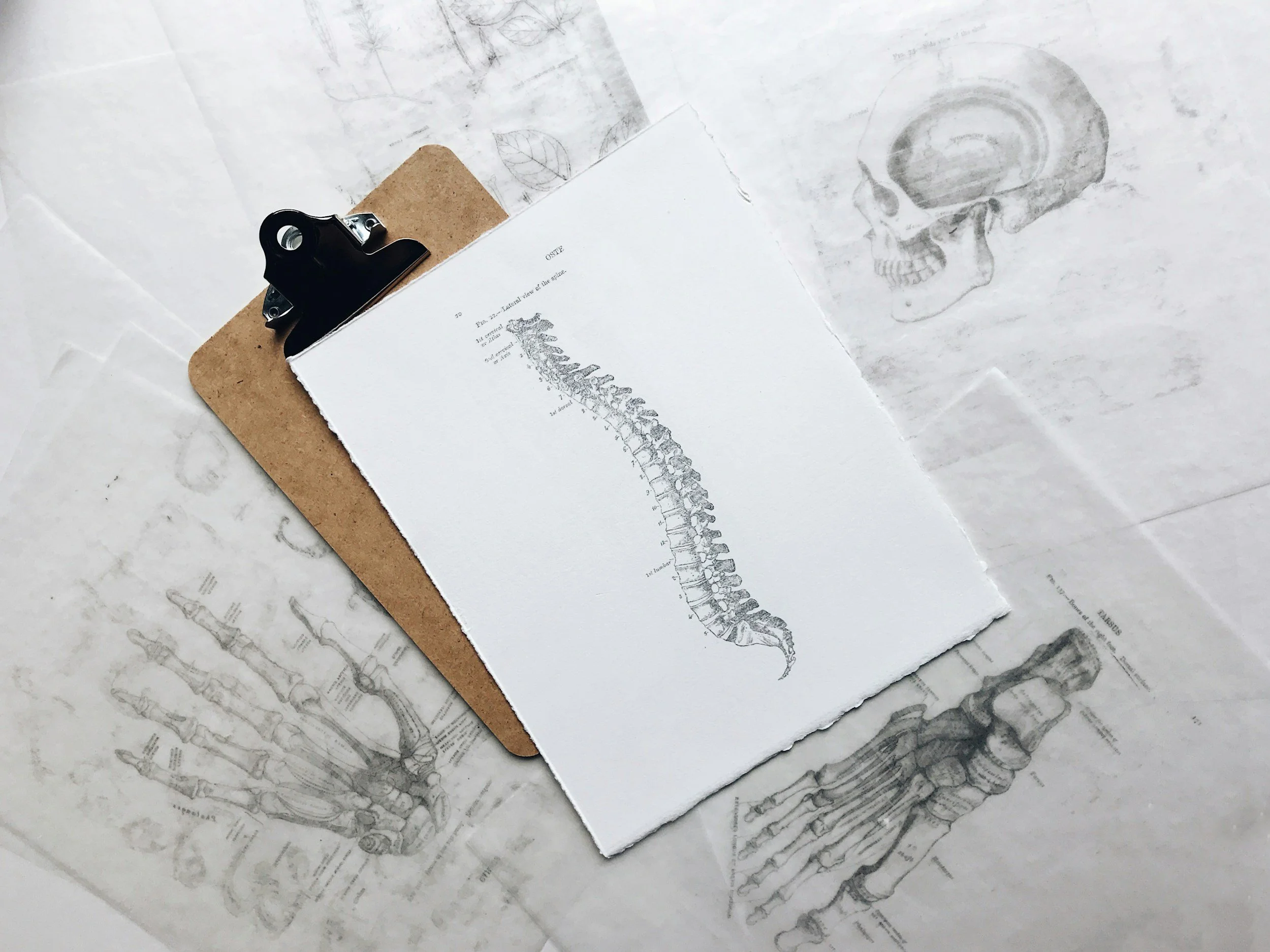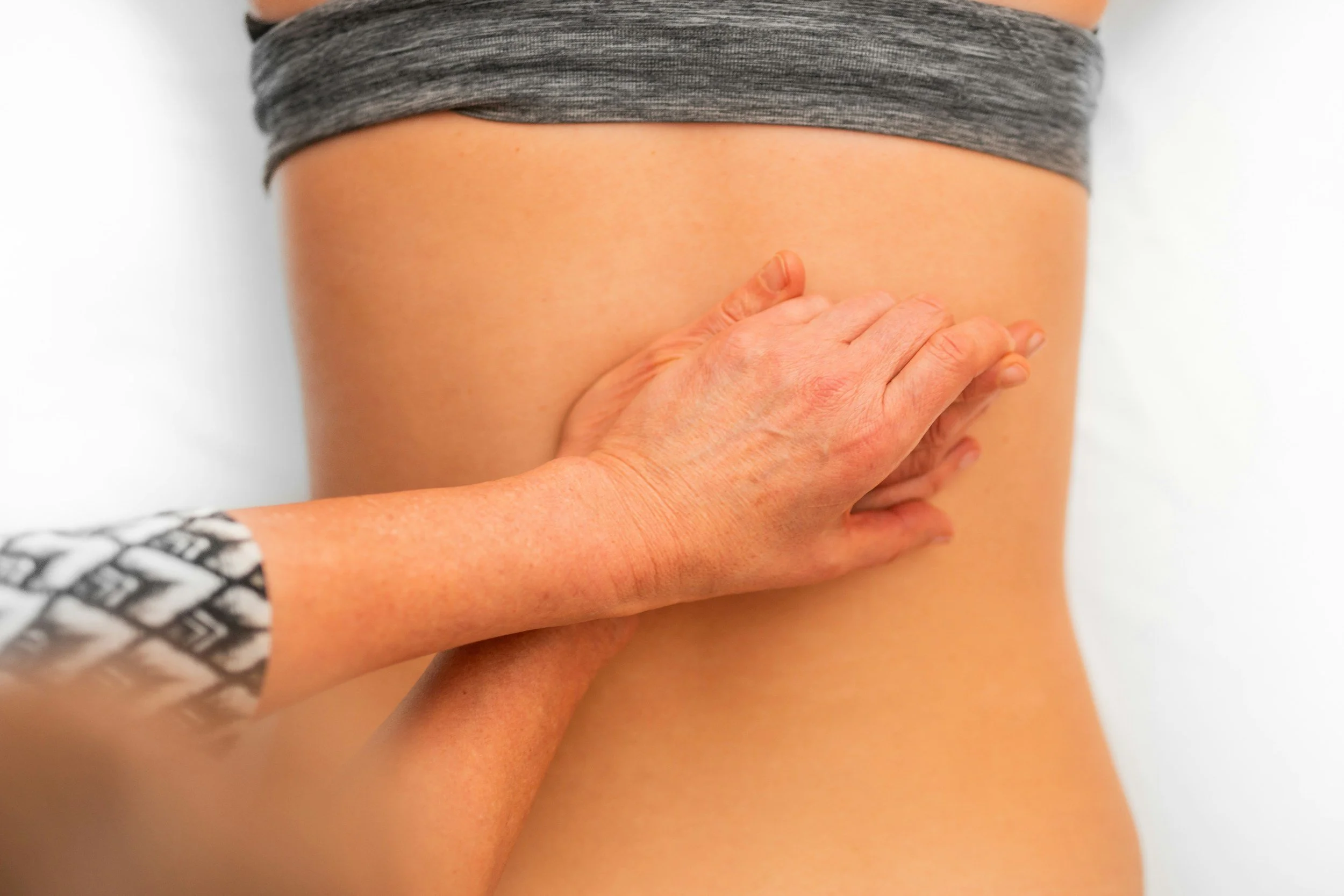Modalities & Techniques
Offered
Swedish
Swedish massage employs long, flowing strokes, rhythmic kneading, and soothing rocking to help you sink into a deep relaxation. It has been clinically proven to reduce stress in addition to improving sleep, digestion, and circulation. Come sink into serenity.
Orthopedic & Medical
Orthopedic massage focuses on specific muscular imbalances to restore balance to the body. Modern life requires a certain level immobility, whether in the form of standing, driving, or sitting at a desk. Other times, life requires repetitive motions like scrubbing, typing, and stooping. These factors combine to create imbalances in the body, to say nothing of the effects of injuries!
As a certified medical massage practitioner (MMP), my orthopedic massage begins with an assessment to determine what your body needs. I then use a combination of myofascial release, GTO release therapy, and pin-and-stretch techniques to help restore balance in your muscles. Far from being cold and clinical, I blend Swedish massage with these techniques to help calm the nervous system and bring relaxation as well as restoration.
Orthopedic massage is ideal for those seeking relief from chronic pain, injury recovery, or improved physical function.
Manual Lymphatic Drainage
Manual Lymphatic Drainage (MLD) utilizes rhythmic pumping, gliding, and circular movement techniques to help your lymph move naturally through your body. It is arguably more relaxing than Swedish massage!
Clinical studies have shown that not only does MLD reduce swelling and puffiness by reducing edema, it also boosts the body’s immune system, enhances recovery from exercise, and reduces fatigue.
I utilize techniques pioneered by Drs. Emil and Estrid Vodder, who introduced MLD to the world in 1936. The techniques they created are still held to be the gold standard of MLD to this day.
Myofascial Release
Fascia is the connective tissue found throughout the body. Myofascial release is a gentle technique that releases adhesions in the fascia of skeletal muscles. It involves applying steady, prolonged pressure or stretching until the adhesions naturally release. Fascial adhesions are most common in injuries and poor posture. Releasing these adhesions gives greater mobility and reduced pain.
Cupping
Cupping has been around for thousands of years. Both the ancient Chinese and ancient Egyptians used cupping. While historically cups were made of glass, modern cupping is usually performed with medical grade silicone. It involves using a silicone cup to create a suction against the skin. The cup is then moved across the skin, releasing adhesions and bringing fresh blood to areas of discomfort or pain to promote healing.
GTO Release Therapy
Golgi Tendon Organ Release Therapy, or GTO Release, is an incredible therapeutic for restoring muscles to their natural resting length. It involves stimulating sensory nerves in the tendons of muscles to biochemically relax muscle tension. Instead of forcing your muscles, as is usually performed in deep tissue massage, this technique leverages the nervous system to tell your muscles to relax. This means you can avoid the pain and bruising often resulting from deep tissue massage while reaping all of the benefits and more!
Stretching
Did you know that the wrong kind of stretching can actually make chronic pain worse? People talk about their muscles being “tight,” but there is actually more than one kind of tight muscles.
Some muscles become tight because they are over-worked, over-toned, and shortened (hypertonic). This is the kind of tightness you get from exercising a muscle too hard. Other times, muscles become tight because they are being stretched out too much! These hypotonic muscles suffer when they are stretched further, despite the short-term relief stretching may bring.
The stretching I bring to the table takes this into account. It isn’t enough for you to feel better when you leave my office; I want you to stay feeling better!
Craniosacral
Craniosacral therapy (CST) was introduced by Dr. John Upledger in the 1970s. It involves an exceedingly light touch (about five grams) to gently encourage the body’s natural craniosacral rhythm to ebb and flow more easily. It benefits the entire body, and the effects can be felt for days after treatment.
The craniosacral rhythm is a subtle pulse, usually 6-12 cycles per minute, in which cerebrospinal fluid is refreshed and drained. As this essential fluid is created and recycled by the body, there are subtle movements of the cranial bones and sacrum. CST gently encourages the healthy and smooth movement of these bones to support the entire body.
I am continuing my education in this field to learn ever more advanced techniques through the Upledger Institute.






